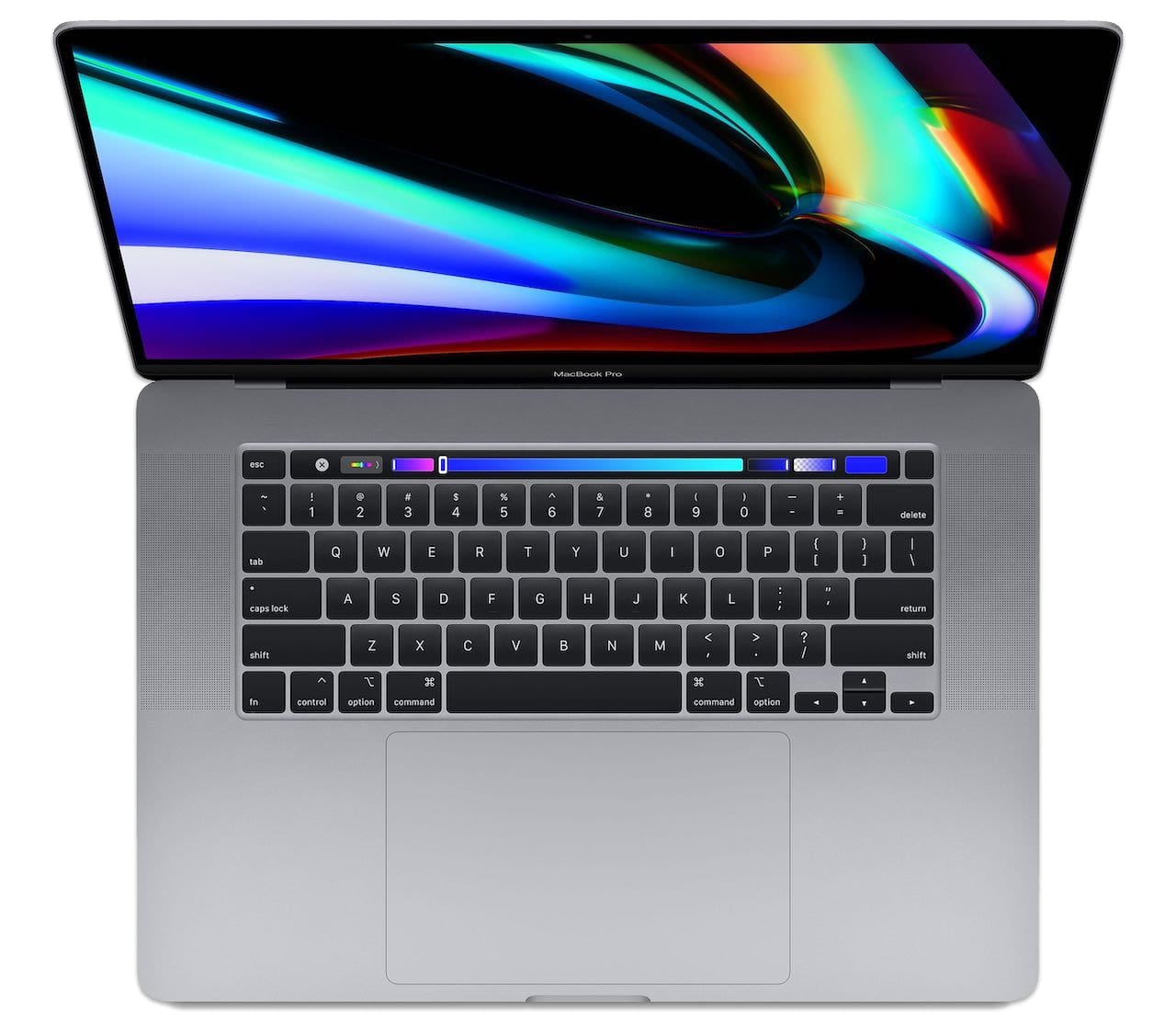
The long-awaited 16-inch MacBook Pro arrived today, touted by Apple as “by far the most powerful notebook we’ve ever made”. Probably the most desired feature of the new MacBook Pro is the new Magic Keyboard, which features a scissor mechanism with 1 mm of travel for responsive and quiet typing…without the mechanical issues of the troublesome butterfly-switch keyboard used on recent models. The new laptop replaces the 15-inch MacBook Pro and starts at a price of $2,399.
Specifications
Processor: 2.3GHz 8-core Intel Core i9, Turbo Boost up to 4.8GHz, with 16MB shared L3 cache. Configurable to 2.4GHz 8-core Intel Core i9, Turbo Boost up to 5.0GHz, with 16MB shared L3 cache
Storage: 1TB SSD, configurable to 2TB, 4TB, or 8TB SSD
Memory; 16GB of 2666MHzDD4 onboard memory, configurable to 32GB or 64 GB of memory
Graphics: AMD Radeon Pro 5500M with 4GB of GDDR6 and automatic graphics switching, Intel UHD Graphics 630. Configurable to AMD Radeon Pro 5500M with 8GB of GDDR6 memory.
Retina Display: 16-inch (diagonal) LED-backlit display with IPS technology, 3072-b7-1920 native resolution at 226 pixels per inch with support for millions of colors, 500 nits brightness, wide color (P3), True Tone technology
Video Support: Simultaneously supports full native resolution on the built-in display at millions of colors and either up to two displays with 6016-by-3384 resolution at 60Hz at over a billion colors or up to four displays with 4096-by-2304 resolution at 60Hz at over a billion colors. Output includes native DisplayPort output over USB-C, VGA; HDMI, DVI and Thunderbolt 2 output supported using adapters.
Audio: High-fidelity six-speaker system with force-cancelling woofers, wide stereo sound, support for Dolby Atmos playback, studio-quality three-mic array with high signal-to-noise ratio and directional beam forming, 3.5mm headphone jack.
Charging and Expansion: Four Thunderbolt 3 (USB-C) ports with support for charging (96W Power Adapter), DisplayPort, Thunderbolt (up to 40Gb/s) and USB 3.1 Gen 2 (up to 10Gb/s).
Keyboard and Trackpad: 65 (US) or 66 (ISO) keys including 4 arrow keys in an inverted-T arrangement, Touch Bar, Touch ID sensor, ambient light sensor, Force Touch trackpad.
Wi-Fi: 802.11ac Wi-Fi wireless networking, IEEE 802.11a/b/g/n compatible
Camera: 720p FaceTime HD camera
Battery: built-in 100-watt-hour lithium-polymer battery. Up to 11 hours wireless web, 11 hours Apple TV app movie playback, up to 30 days of standby time
Size and Weight: Height 0.64 inch (1.62 cm), width 14.09 inches (35.79 cm), depth 9.68 inches (24.59 cm), weight 4.3 pounds (2.0 kg)
First Impressions
Apple is going to sell a lot of these, as many MacBook Pro fans have been putting off a purchase decision due to the issues with the “butterfly-switch” keyboards used in recent models.
Apple managed to pack a 16-inch diagonal screen into a case not much larger than that of the 15-inch MacBook Pro by making the bezels around the screen smaller. Power users on the go are going to love the battery life, and now that Thunderbolt 3/USB-C has become commonplace, most people already have peripherals that work with the fast standards.
As usual, some design decisions are perplexing. For example, why use just a 720p FaceTime HD camera when the iPad Pro has used a 1080p HD camera? Why not use Face ID in the new laptop rather than Touch ID?
We’ve come to expect that Apple won’t provide a way for users to expand their devices, and that’s the case with the 16-inch MacBook Pro. You order it with a specific processor, a certain amount of RAM, and your choice of storage capacity, but that’s it — you can’t decide to go back later and install a RAM upgrade.

Fortunately for all of us, OWC has a variety of expansion docks that make it easy to add a plethora of devices and displays to these non-expandable laptops. The OWC Thunderbolt 3 Pro Dock ($328.99) is the perfect companion for the new MacBook Pro, giving it 10Gb/s Ethernet for shared video workflows and 10 ports. The CFast 2.0 and SD 4.0 card readers make speedy work of offloading content from cameras, and the ability to access multi-bay external drives through an eSATA port with port multiple support add virtually unlimited storage.
Related: Is the 16-inch MacBook Pro User-Upgradable?
Update 11.18.19: Starting price corrected.

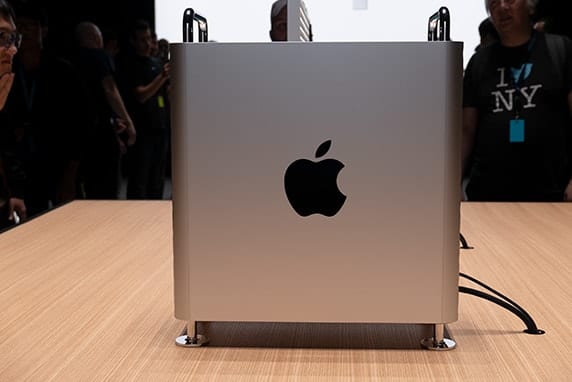

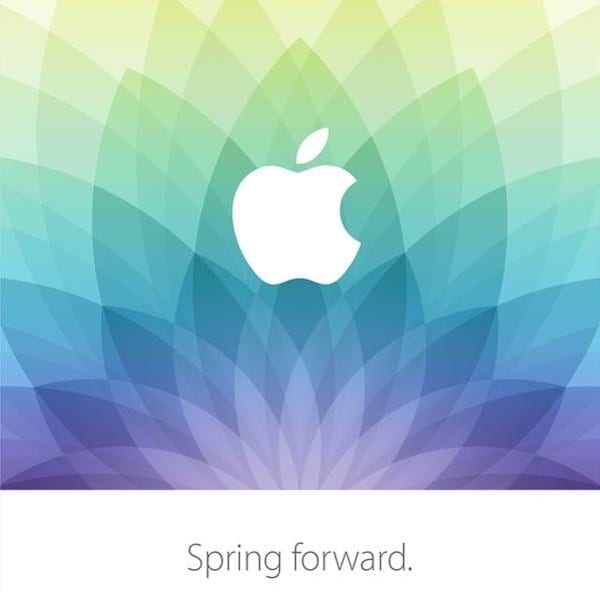

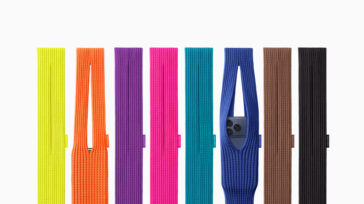
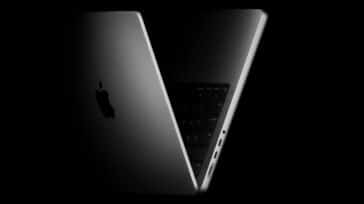
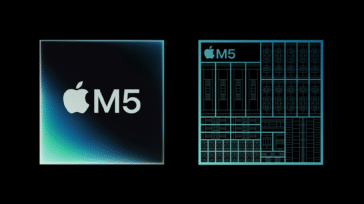


Non upgrade able RAM or HD.
Thats it – non starter>
Apple:
a “pro” machine has upgradeable HD and RAM.
I won’t be replacing my 2012 Macbook pro with matt screen any time soon.
I checked it out as soon as I got the E-Mail from Apple announcing it.
I have a 2012 Mini with 16GB RAM and 1 TB SSD and dual 23″ monitors.
Now if the MacBook Pro 16 was a MacBook Pro 23, it wouldn’t feel like a downgrade!
Not letting users upgrade their machines is the end of apple. I’ve been a mac user for twenty years and now seriously considering moving to a machine that allows me hardware upgrades. Feeling frustrated.
I won’t be buying one of these soon…not at that price. And, if you want to max it out, you can easily run the price to over $7000. Ridiculous!! I’ll keep using my 2015 15″ MacBook Pro until it dies, then I will be looking for alternatives.
Actually maxed out is $6,099 but that’s with 8TB of SSD. Having said that, it’s still a pretty hefty price. Also, the base model starts at $2,399, not $2,799 as the article suggests.
Good catch on the starting price. Thanks!
I actually feel quite differently about this 16-incher. The 15-inch model it replaced was over US$7k fully kitted, but with only 16 MB RAM, it was just too little notebook for too much money. Heck, even my mid 2010 MBP has 16 GB RAM! The 64 GB RAM / 8 TB SSD / 2.4 GHz 8-core CPU configuration gets out the door for less money and offers massive performance increases.
This is finally a configuration that enables complex rendering, complicated work flows and big data in a package that weighs slightly less than my current 2010 model. I passed on the last 15″. The new 16″ is definitely on my wish list.
Awesome. Could you please open it to see how the SSD and RAM are inside? Soldered? One or two SSD sticks? RAID? A full take apart – disassembly – teardown would be also great. Thanks!
We will have one in hand shortly, and after a full array of testing, I anticipate a complete teardown and synopsis!
Wow! Amazing. Thanks!
Check out iFixit. They are usually Johny-on-the-spot with tear-downs.
I think they should replace the TouchBar with physical keys where the top of each is a user-programmable OLED display. That way you get the best of both worlds — physical keys with variable, programmable identifiers.
Yup, the LED keys suck
Oddly I am a so called professional user (in that I use them everyday for my work) of my MacBooks and I have a 2016 15″ MBPro, 2017 13″ MBPro, 2018 15″ MBPro and 2018 MB Air. I have used them in traveling all over the world and give them hard use and never had any issues with the keyboards. Not even a hint of a problem. I have no idea what people are doing who have issues, but maybe I am lucky, but I have 4 machines, supposedly with the faulty keyboard design, so maybe it is truly random.
So for me the keyboard is a non event. I do not have a problem to correct and they feel fine to me. What is interesting with this new machine is the larger SSD and memory options. I have a lot of data and I travel to areas of the world where the internet can be truly dreadful, so I need to make sure my data is with me. I also run several VMs on my machines (not the Air which is used for email and documents in the main) and the extra space afforded by the new options is truly amazing.
So I will be ordering one of these new machines, trading in the older of my MBPros (the 2016) and making sure I have 64 GB memory and at least 4 TB of SSD. Thanks Apple. Nice machine.
OWC has a 2TB option that goes with MB pro from late 2013… check their site…
Just installed the Aura Pro X2 w/2TB in my MacBookPro11,5 (mid 2015). I put the OEM card In their enclosure. Put Catalina internally kept 10.14 on the OEM card. VERY HAPPY. I’ve been buying stuff from OWC since I had a G4! Took a little finagling to get the computer to boot off the external enclosure, after that it was simple to install Catalina on the Aura.
Don’t forget the return of the ESC key.
Hopefully the next model will get rid of the gimmick bar completely and return all the function keys.